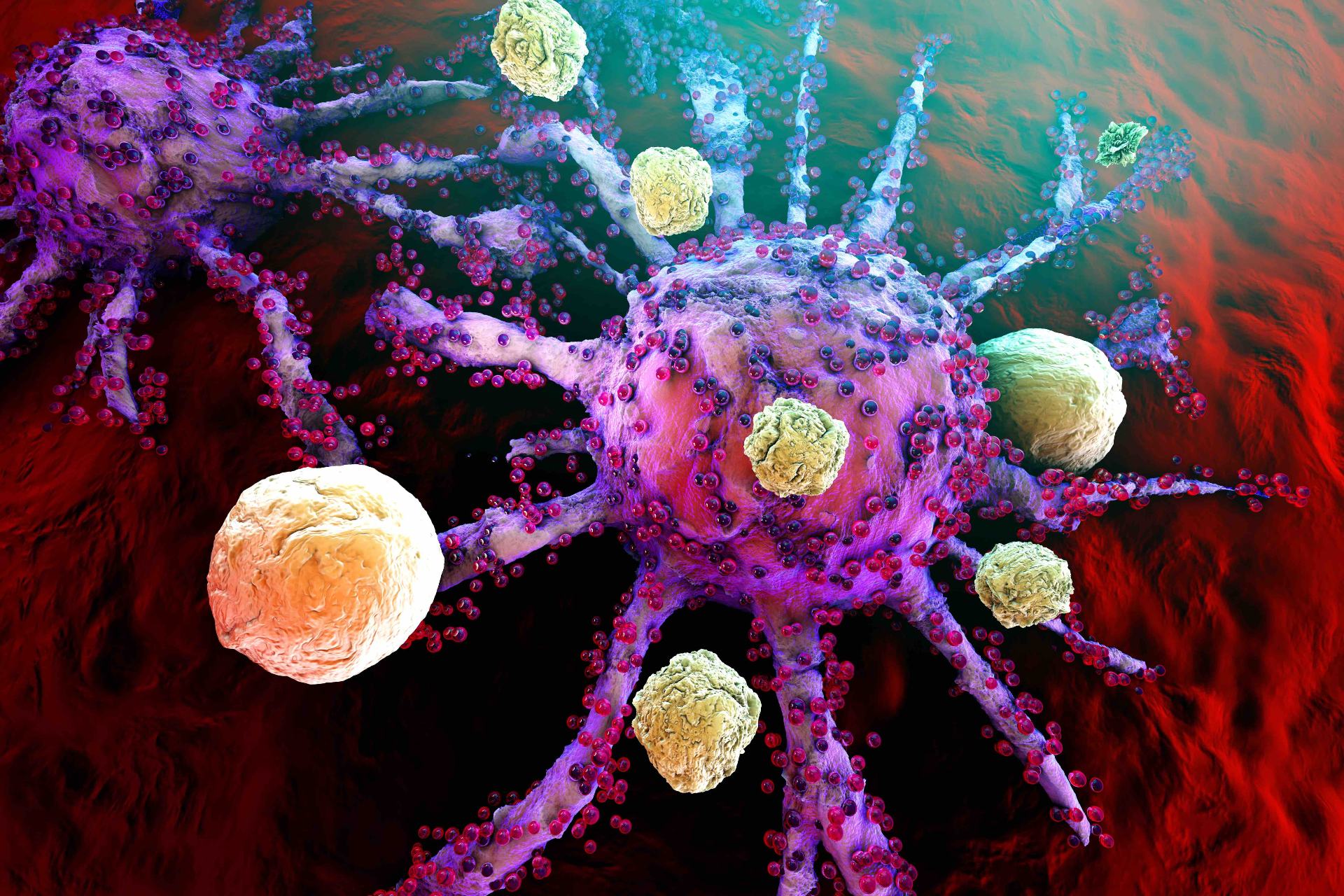Article
Research to Look Out for at ASH 2018
Author(s):
From December 1-4, hematology professionals from across the globe will convene in San Diego, California for the American Society of Hematology annual meeting to present and discuss their research and latest developments in malignant and non-malignant hematology. Here’s what to look out for during the meeting.
From December 1-4, hematology professionals from across the globe will convene in San Diego, California, for the 60th Annual Meeting and Exposition of the American Society of Hematology, where they will present and discuss their research and latest developments in malignant and non-malignant hematology. Here’s what to look out for during the meeting:
Sickle Cell Disease
Abstract 3: A prospective multi-national trial assessing the feasibility, safety, and benefits of hydroxyurea for sickle cell anemia in 4 countries in sub-Saharan Africa found the treatment to be effective. The results, which will be presented at the meeting, provide the first prospective data on the treatment for children with the disease and show promising results in the area of greatest global burden.
Abstract 162: The gold standard for curing sickle cell disease has been human leukocyte antigen (HLA) matched sibling allogeneic hematopoietic cell transplantation (HCT); however, only 15% of patients have an unaffected HLA matched sibling donor. Researchers have previously demonstrated safety and efficacy of CD34 enrichment and mononuclear cell addback in pediatric matched unrelated donor recipients. During the meeting, the researchers will present positive long-term results of high-risk patients receiving the treatment.
Abstract 315: Amidst the national opioid epidemic, a study being presented at the conference examined in-hospital mortality rates among patients with sickle cell disease, a population that often requires high amounts of opioids. Using a large national data set, researchers determined that there has been no increase in in-hospital sickle cell disease mortality, contrasting a steep increase in non-sickle cell disease opioid prescription-related death rates from 1999 to 2013.
Chimeric Antigen Receptor (CAR) T-Cell Therapy
Abstract 299: Researchers will present efficacy and toxicity data on CD19—specific CAR T-cells alone or in combination with ibrutinib in relapsed and/or refractory chronic lymphocytic leukemia (CLL). While preliminary, the results showed that the combination is well-tolerated and might decrease the incidence of severe cytokine release syndrome and improve responses in these patients.
Abstract 556: With the hypothesis that T cell exhaustion or activation induced CAR T death lead to poor persistence of CAR T-cells, researchers studied the impact of adding pembrolizumab in combination with CAR T-cell therapy. The single-institution study of 14 children with B-cell acute lymphoblastic leukemia (B-ALL) yielded promising results that will be presented at the meeting.
Abstracts 895 and 1684: Two abstracts presented at the meeting will provide updates on tisagenlecleucel trials. Longer-term results from the phase 2 ELIANA trial confirmed the efficacy of a single infusion of tisagenlecleucel in pediatric and young adults with ALL without additional therapy. Updated results from the phase 2 JULIET trial showed high response rates and durable responses with tisagenlecleucel in a group of heavily pretreated adult patients with relapsed or refractory diffuse B-cell lymphoma.
Big Trials, Big Results
Abstract 781: Young patients (18-60) with early stage diffuse large B-cell lymphoma are typically treated with 6 cycles of CHOP-like chemotherapy plus rituximab (R-CHOP), but it has been questioned if these patients need that many cycles. A de-escalation trial of 592 of these patients randomized to receive 6 cycles of R-CHOP or 4 cycles of R-CHOP and 2 cycles of rituximab found that the latter is noninferior to the standard of treatment, suggesting that chemotherapy can be spared without compromising prognosis.
Abstract 6: Researchers will present findings from an international phase 3 trial comparing ibrutinib alone or ibrutinib in combination with rituximab to bendamustine plus rituximab for progression-free survival (PFS) in untreated older patients with CLL. The study of more than 500 patients found that ibrutinib results in superior PFS compared to standard chemoimmunotherapy and that the addition of rituximab does not prolong PFS with ibrutinib.
Abstracts 1 and 163: Results from the MEDALIST and BELIEVE trials yielded promising results for luspatercept, a first-in-class erythroid maturation agent under development. The MEDALIST trial demonstrated that the treatment resulted in significantly reduced transfusion burden compared with placebo in patients with anemia due to Revised International Prognostic Scoring System—defined very low-, low-, or intermediate-risk myelodysplastic syndromes with ring sideroblasts who require red blood cell (RBC) transfusions. Results from the BELIEVE trial showed that treatment with luspatercept resulted in significant reductions in RBC transfusion burden in adults with transfusion-dependent β-thalassemia.
Future of Medicine
Abstract 793: Patients with myelodysplastic syndromes have heterogenous outcomes and although several prognostic scoring systems have been developed to risk stratify these patients, survival varies even within discrete categories, which may lead to over- or under-treatment. Researchers will present results from a personalized prediction model they built based on clinical and genomic data. The model outperformed other models in predicting overall survival and acute myeloid leukemia transformation.
Abstract 811: A multicenter microbiota analysis looking at the microbiome before bone marrow transplant suggested that a skewed microbiome predicts outcomes of allo-HCT. Researchers at the meeting will present the results, which also showed that severe microbiota injury as revealed by domination is a common event whose development begins before allograft infusion.




